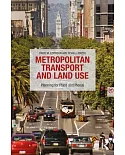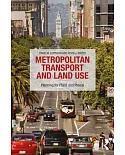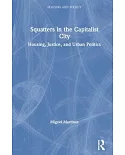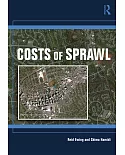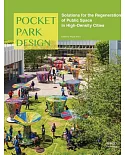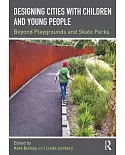It is a strongly held belief that population growth and the demand for better accommodation and leisure facilities, combined with a desire to improve the landscape, will result in the need to
develop more underground spaces. This phenomenon, which started in countries subjected to extreme climates, is now becoming more widespread.
Underground spaces are being utilized for a wide diversity of needs. They range from classical excavations to subway constructions; underground sports halls; power stations; waste
repositories; underground cities, and many others. Their construction techniques are also varied, from open-air excavations to newly developed injection methods.
The response of the underground structures on the imposed loadings depends on a number of parameters that sometimes are too complex or not fully understood, resulting in budget overruns or
even failures that lead to loss of property or life. Such uncertain cases need to be addressed and engineers should be able to accurately predict the construction's performance throughout its
construction and service life.
The First International Conference on Underground Spaces discusses not only structural and environmental material characterization aspects but also the trends regarding the utilization of
underground spaces. This book contains papers presented at the Meeting, and covers a wide range of topics including: Use of underground space for industry; Underground power stations; Toxic
and nuclear waste repositories; Energy underground reservoirs; Underground sewerage plants; Waste storage and management; Road and railway tunnels; Utility tunnels; Fire defence; Defence
against terrorist attacks.




